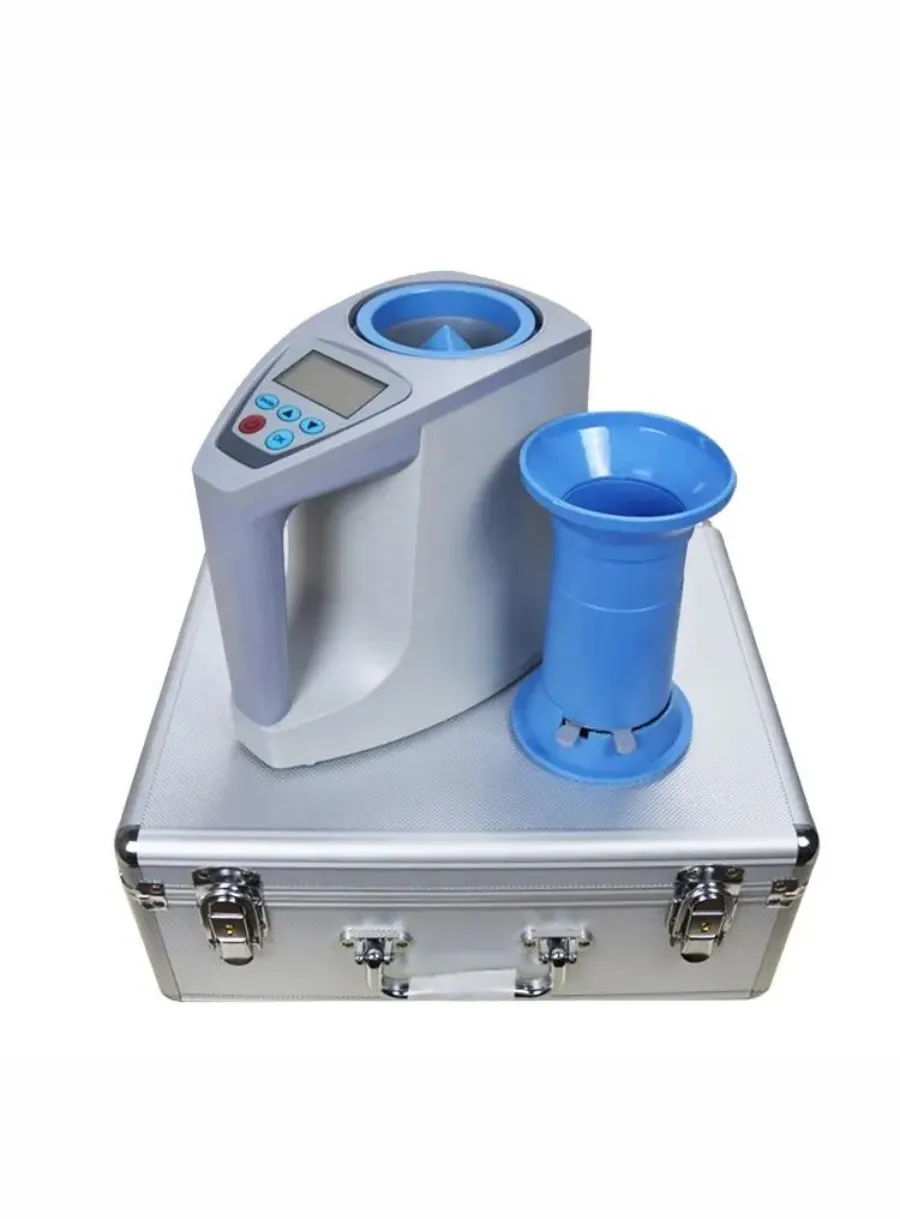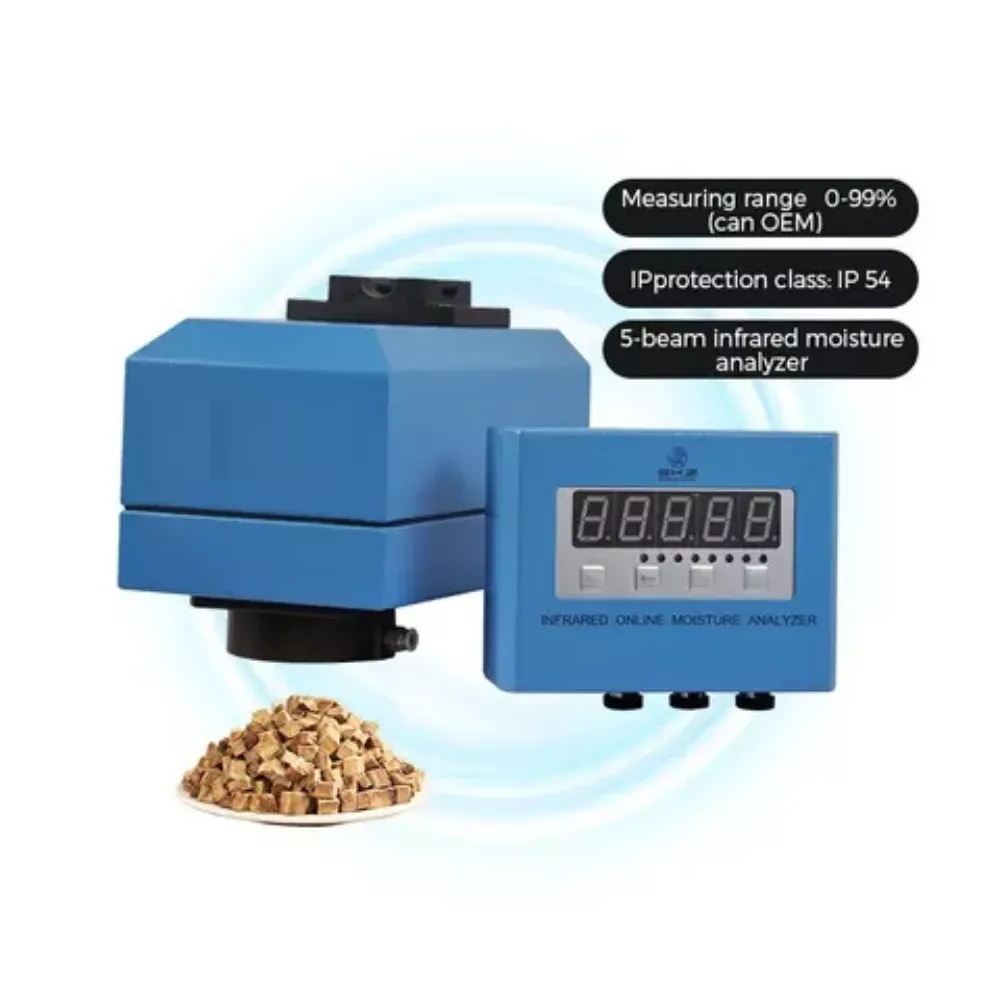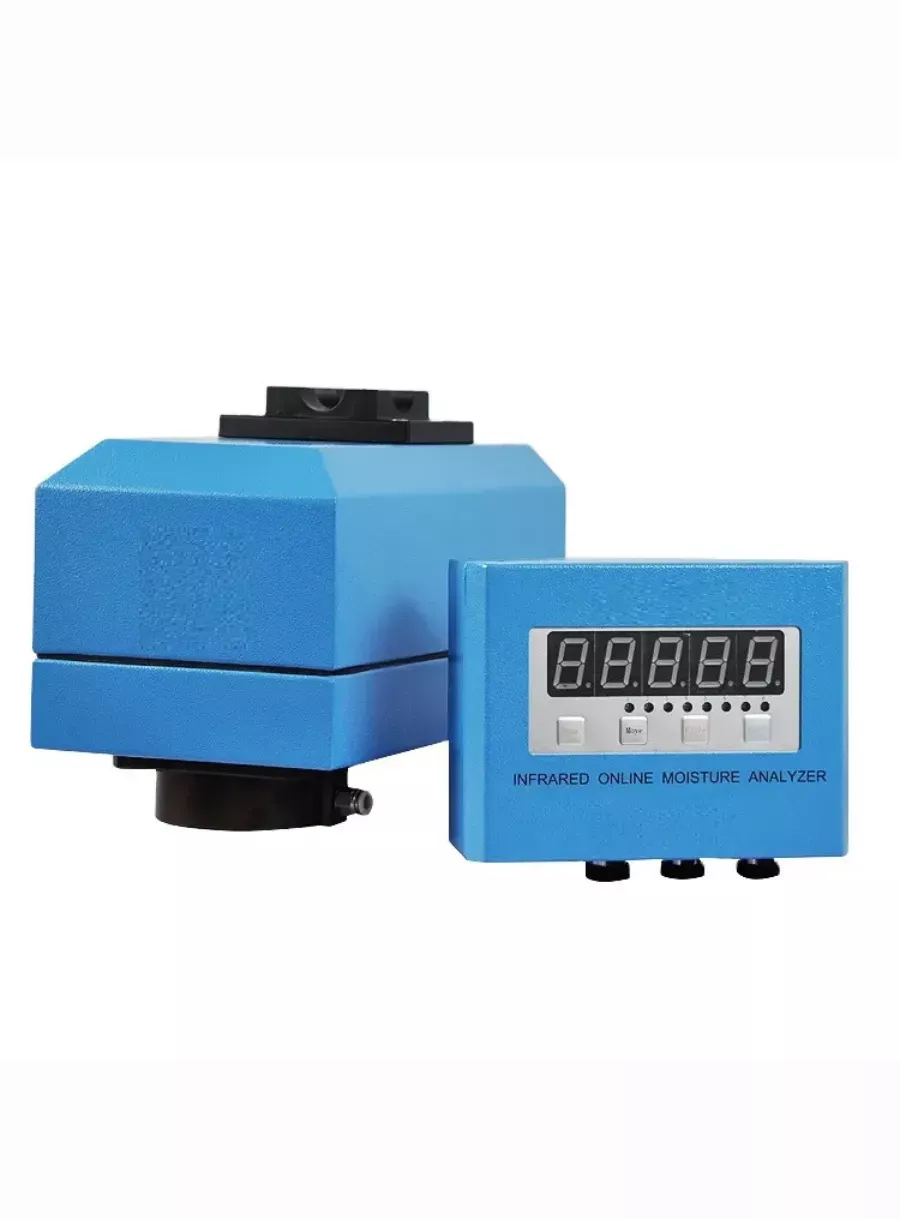
Common Mistakes to Avoid When Using a Moisture Meter
Table of Contents
there are some common mistakes that people make when using a moisture meter, which can lead to inaccurate results and potential damage to the material being tested. In this article, we will discuss some of the most common mistakes to avoid when using a moisture meter.
One of the most important steps in using a moisture meter is to ensure that it is properly calibrated. If the moisture meter is not calibrated correctly, it can give inaccurate readings, leading to incorrect conclusions about the moisture content of the material being tested. To avoid this mistake, always calibrate your moisture meter according to the manufacturer’s instructions before using it.

The pins or probes of a moisture meter are crucial for obtaining accurate readings. If they are dirty or contaminated with debris, they can give inaccurate readings. To prevent this, always clean the pins or probes with a soft cloth or brush before and after each use.
When using a moisture meter, it is important to take multiple readings in different areas of the material being tested. This will help ensure that you get an accurate average moisture content. If you only take one reading, you may get a false impression of the overall moisture content of the material.

Allowing Proper Penetration Time
When using a pin-type moisture meter, it is important to allow enough time for the pins to penetrate the material being tested. If you do not give the pins enough time to penetrate, you may get a false reading that is too low. To avoid this mistake, always wait for a few seconds after inserting the pins before taking a reading.
Choosing the Right Meter for the Material
Different types of materials require different types of moisture meters. For example, wood requires a different type of moisture meter than soil or concrete. If you use the wrong type of moisture meter for the material being tested, you may get inaccurate results. To avoid this mistake, always use the appropriate type of moisture meter for the material being tested.
Considering Environmental Factors
The environmental conditions, such as temperature and humidity, can also affect the accuracy of a moisture meter reading. If the temperature or humidity is too high or too low, it can cause the moisture meter to give inaccurate readings. To avoid this mistake, always take moisture meter readings under similar environmental conditions.
Correct Interpretation of Results
Finally, it is important to interpret the results of a moisture meter reading correctly. A high moisture content reading does not necessarily mean that the material is wet or damaged. It could simply mean that the material is naturally high in moisture content. To avoid this mistake, always interpret the results of a moisture meter reading in the context of the material being tested and the environmental conditions.
Conclusion
In conclusion, using a moisture meter correctly requires careful attention to detail and an understanding of the factors that can affect the accuracy of the readings. By avoiding these common mistakes, you can ensure that you get accurate and reliable moisture content readings for the materials you are testing.
Comments
Tags
Frequently Asked Question
Calibration is crucial because it ensures the moisture meter provides accurate readings. Without proper calibration, the meter can give inaccurate results, leading to incorrect conclusions about the material’s moisture content.
You should clean the pins or probes of your moisture meter before and after each use with a soft cloth or brush. This prevents debris accumulation that can interfere with accurate readings.
Taking multiple readings in different areas of the material helps ensure you get an accurate average moisture content. A single reading may not represent the overall moisture distribution in the material.
Environmental factors such as temperature and humidity can significantly impact moisture meter readings. Extreme conditions can cause inaccurate results, so it’s important to take readings under consistent environmental conditions for reliable comparisons.


